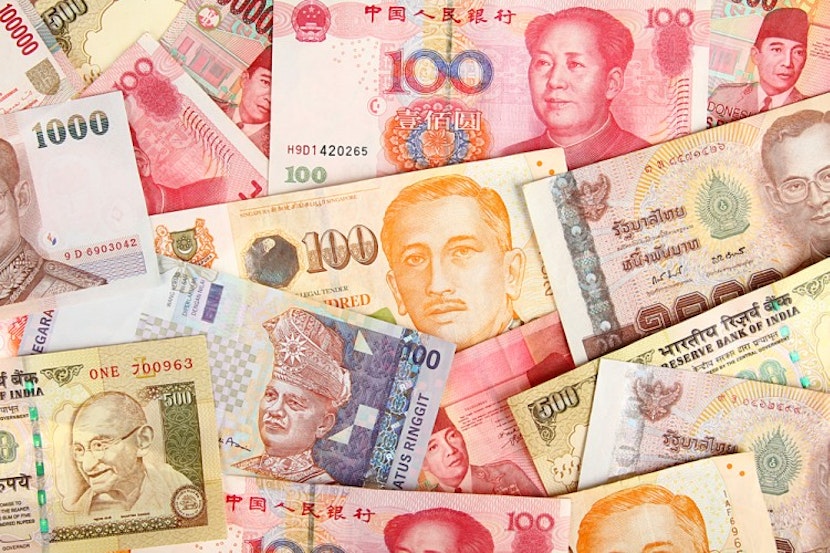Emerging Asian currencies have lagged behind their global counterparts as attractive carry-trade options in the past year, but they are now catching up. Unlike their peers in other developing nations, Asian policymakers have maintained a relatively hawkish stance to combat inflation. Thailand, India, and the Philippines are all currently experiencing implied forward returns higher than recent averages, in contrast to every other emerging market country in Asia, according to Bloomberg analysis.
Alvin T. Tan, head of emerging-market currency strategy at RBC Capital Markets in Singapore, noted, ‘The rupee and rupiah offer the highest carry rates in Asia at 7 percent and 6 percent, respectively, and neither country’s central bank is expected to reduce rates this year.’ However, Asian interest rates remain low compared to those in Latin America and Central and Eastern Europe.
Asian central banks have resisted the possibility of rate cuts due to concerns about rising oil and food prices, which could lead to increased inflation. Higher rice prices have contributed to inflation worries in Indonesia and the Philippines, while elevated energy costs have had a similar impact in South Korea and Thailand. Traders are not factoring in a full quarter-percentage point rate cut in South Korea, Malaysia, Thailand, or India over the next 12 months, according to swaps data. The Philippines and Indonesia are expected to keep rates unchanged on Thursday.
In contrast, traders are increasing their bets on further easing measures by emerging-market nations in Latin America and Europe. This trend follows the recent actions of policymakers, with Chile having made an unexpectedly large rate cut of 100 basis points in July, and Poland reducing its benchmark rate by 75 basis points this month—three times more than economists had anticipated.
A measure of carry availability, which is determined by implied returns from volatility-adjusted three-month forwards, reveals that carry returns in Latin America are currently 1.4 standard deviations below their three-month average, while in Central and Eastern Europe, the figure stands at 1.6 standard deviations below. In contrast, for emerging Asia excluding China, this gauge is at a positive 0.3.
Every emerging-market carry trade benefits from a common factor: diminishing volatility.
This week, the JPMorgan EM currency volatility index, also known as the EM-VIX, reached 8.32, its lowest point since March 2020, after reaching as high as 12.97 in October. However, despite this relatively low level, there is ample potential for an unexpected increase in volatility that could reduce the appeal of carry trades worldwide.
Source: Bloomberg | South China Morning Post)







